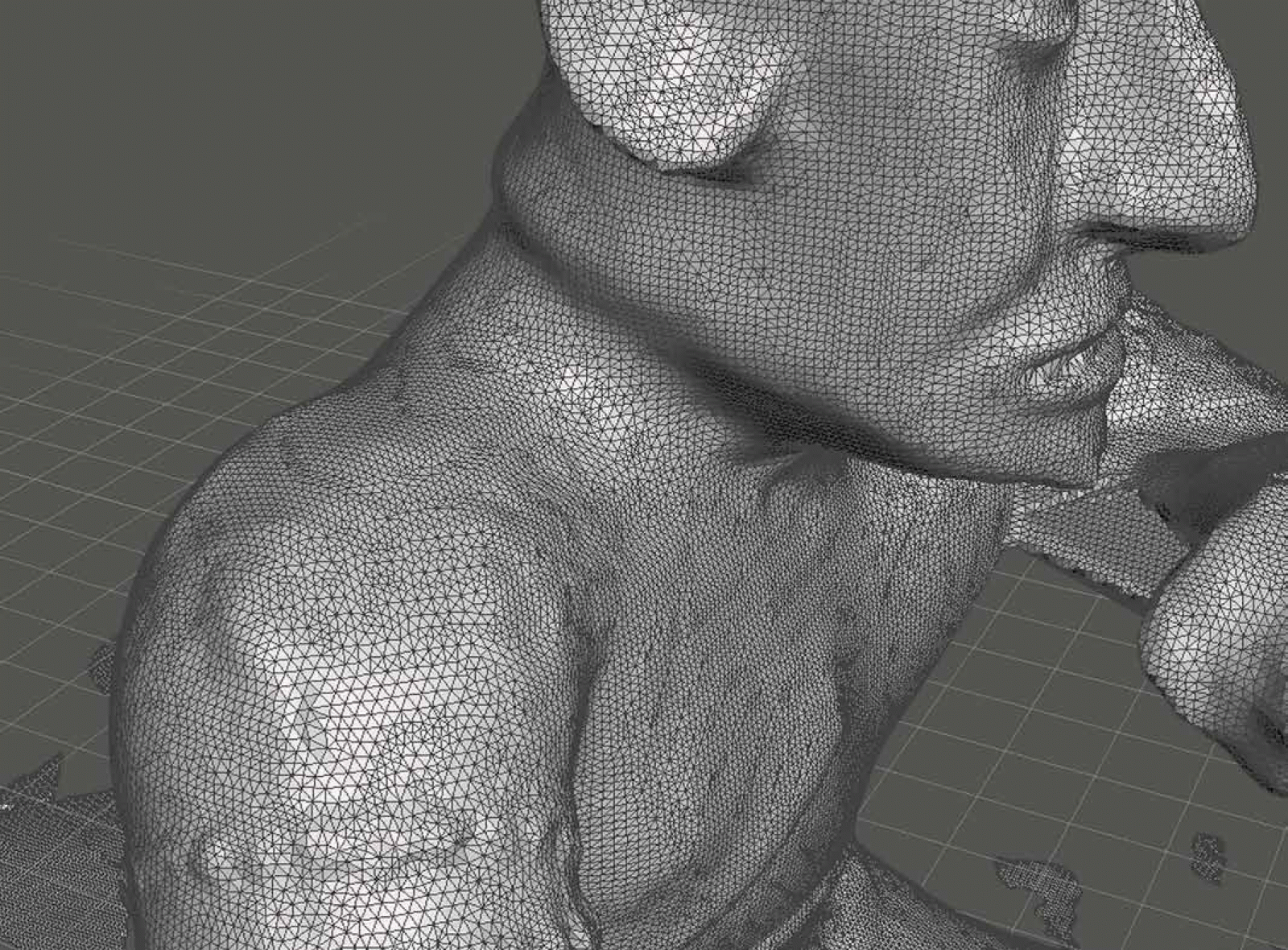Vortrag
John Hessler: Reconstructing Lost Worlds: Computer Vision and Virtual Reality for Cultural Heritage Preservation - Methods & Techniques
organized by the Museo Galileo in Florence

Digital preservation techniques that focus on the 3D modeling of objects and the use of virtual reality simulations have become increasingly popular in archaeological and museum environments and have recently featured prominently in the media with the destruction of various UNESCO World Heritage sites from the ravages of war and terrorism. The main motivations for the use of computer vision and modeling technologies is to ensure that the information content, shape and actual structure of important material remains of cultural heritage are not lost in the case of damage by natural and accidental causes, and to allow the dissemination of digital media collections and object surrogates to a large audience using virtual reality museums.
Using 3D modeling techniques is especially challenging in cultural heritage applications because of the need for accuracy and realism in the digital models produced. This seminar will give participants an introduction to these techniques by focusing on structure-from-motion imaging and photogrammetric methods using open source software that allow the production of state-of-the-art 3D and virtual reality models.
John W. Hessler is the Curator of the Jay I. Kislak Collection of the Archaeology and History of the Early Americas at the Library of Congress in Washington, DC. He is the founder of The Topology Lab for Applied Computer Vision and Virtual Reality in Archaeology and is on the faculty of the Graduate School of Advanced Studies at Johns Hopkins University where he teaches classes in the Mathematical and Algorithmic Foundations of Computer Vision, Archaeological Imaging and Deep Learning Programs, like TensorFlow. He is the author of over one-hundred articles and books and much his past research has concentrated on the use of computer vision and virtual reality in archaeology and in the simulation of virtual worlds, where he has developed new techniques for geo-simulation and statistical shape analysis. His mathematical and computational studies of virtual reality and modeling have been featured in numerous national media outlets including the New York Times, the Washington Post, Discover Magazine and most recently by NPR's All Things Considered and CBS' The Morning Show.
Kooperationspartner
in Kooperation mit
17. Januar 2017, 18:00 Uhr
Kunsthistorisches Institut in Florenz
Max-Planck-Institut
Palazzo Grifoni Budini Gattai
Via dei Servi 51
50122 Firenze
Hinweis
Diese Veranstaltung wird durch Fotografien und/oder Videoaufnahmen dokumentiert. Falls es nicht Ihre Zustimmung findet, dass das Kunsthistorische Institut in Florenz Aufnahmen, auf denen Sie erkennbar abgebildet sein könnten, für die Veranstaltungsdokumentation und Öffentlichkeitsarbeit (z.B. Social Media) verwendet, bitten wir um eine entsprechende Rückmeldung.


